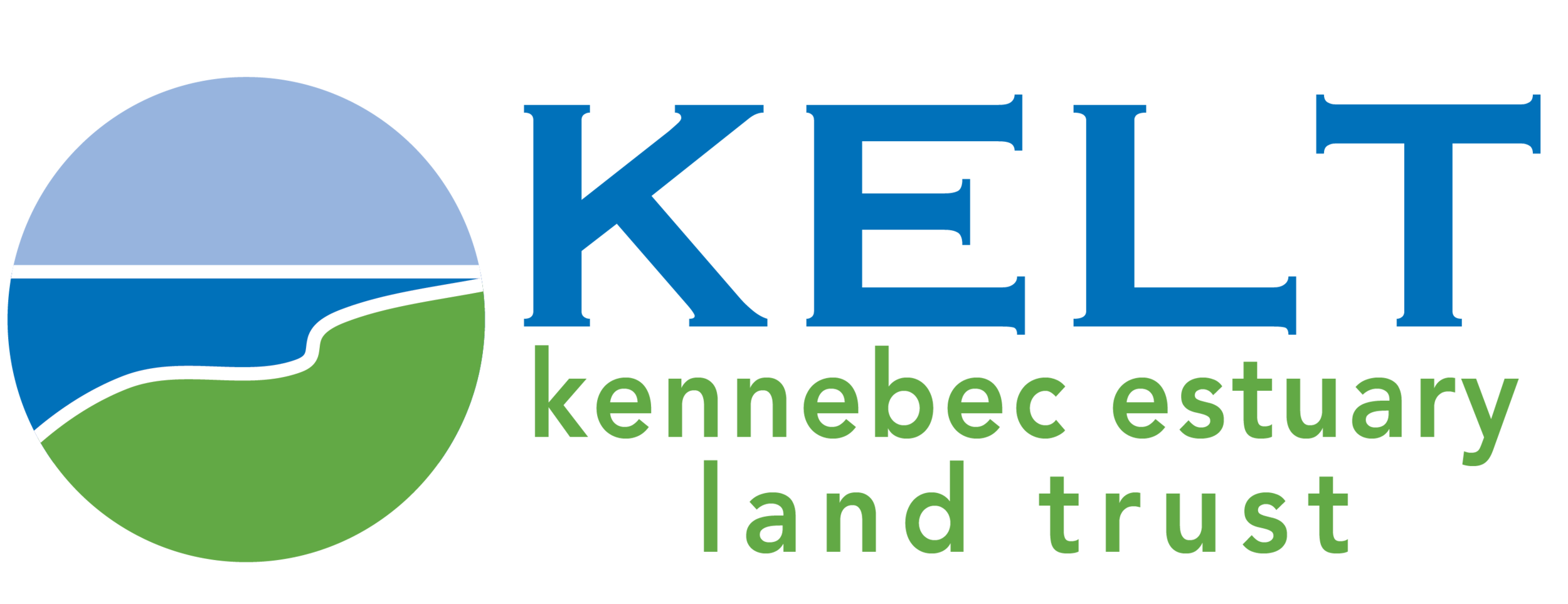Trapping Carbon and Controlling Floods
Coastal Maine experiences periodic flooding that is becoming more common as increasing water temperatures and glacial melt cause sea waters to rise. Protecting and restoring coastal wetlands are important ways to help control this floodwater. High tides, storm surges, and snow melt are temporarily stored by marshes and other undeveloped shoreland, protecting nearby homes, buildings, roads, and bridges. KELT is partnering with the town of Woolwich, state agencies, and federal partners to improve road safety from flooding while also restoring a saltwater marsh along Route 1 and George Wright Road. Along with storing water, KELT's conservation projects can help to store carbon. The salt marshes and forests we protect trap carbon in their plants and soil. This simple act, done by trees and peat for millennia, keeps carbon dioxide out of the atmosphere, when left undisturbed.
Additional Resources
Visualize how sea level rise and storm surge would affect different areas:
Interactive map of sea level rise scenarios for the United States.
Map of sea level rise scenarios for Maine Coast
(zoom to an area of interest for layers to display).
Learn more about marshes and climate change:
Information about the value of marshes in mitigating the impacts of climate change and sea level rise.
Interactive map of sea level rise impacts on salt marsh areas in coastal Maine regions.
Information and additional resources on the ‘carbon sink’ capacity of wetland areas.
In the News
Housing and floods caused by rising sea levels threaten property values in Maine and New England, with $69.9 million lost in Maine and $403 million lost across the region, a study released Tuesday found. The report found dramatic dropoffs in home values from Kittery to Winter Harbor, with the most severely affected community being Bath, where researchers found two homes that should be worth nearly $150,000 apiece now valued at just more than $90,000 because of the higher water. -By Lori Valigra, Bangor Daily News Staff

